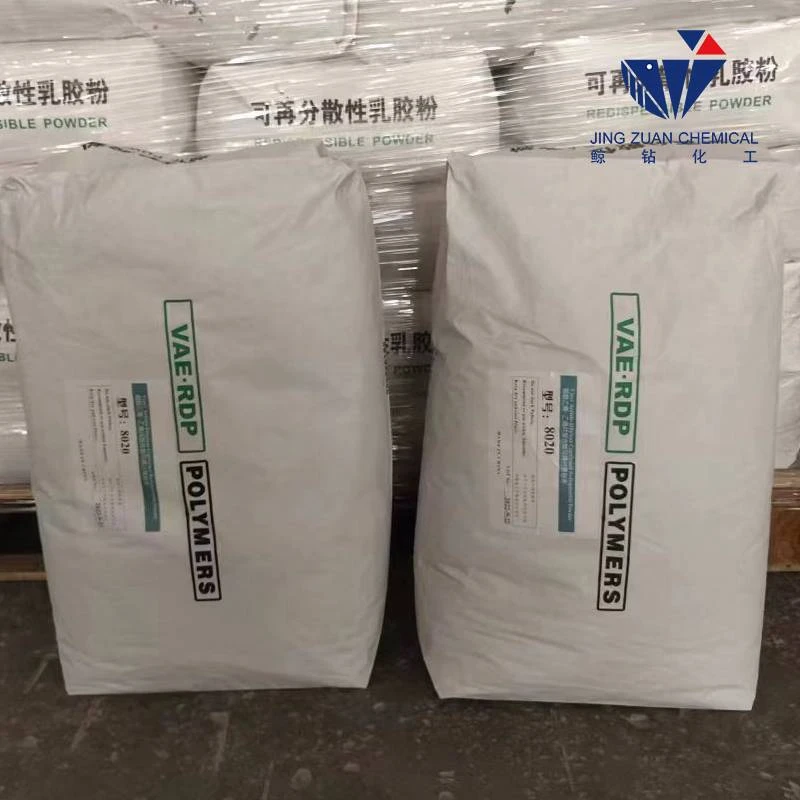
Dec . 22, 2024 02:55 Back to list
hpmc hs code
Understanding HPMC and its HS Code
Hydroxypropyl Methylcellulose (HPMC) is a versatile polymer widely used across various industries for its unique properties. This semi-synthetic compound, derived from cellulose, has gained popularity in applications ranging from food products to pharmaceuticals, construction, and cosmetic formulations. Its effectiveness as a thickening agent, emulsifier, stabilizer, and film-forming agent makes HPMC an essential component in various formulations. In this article, we will delve into HPMC, its characteristics, uses, and the significance of its Harmonized System (HS) code.
What is HPMC?
HPMC is a modified cellulose derivative that is produced by the reaction of cellulose with propylene oxide and methyl chloride. This modification enhances the cellulose's solubility in water and its ability to form films, making it extremely favorable for industrial applications. HPMC is characterized by its white to off-white powder form, which is odorless and tasteless. It is non-ionic and does not react with ions, making it suitable for various environments and applications.
The chemical structure of HPMC features hydroxypropyl and methoxy groups, which provide the compound with its excellent rheological properties. The degree of substitution of these groups can vary, leading to different grades of HPMC with varying viscosity and solubility characteristics.
Applications of HPMC
The versatility of HPMC means it is utilized in a wide range of products
1. Pharmaceuticals HPMC is extensively used in the pharmaceutical industry as a binder, disintegrant, and controlled-release agent. It is commonly found in tablet formulations, where it helps maintain the integrity of the tablet and controls the release of active ingredients. Its film-forming properties are also beneficial in coating tablets and capsules.
2. Food Industry In food products, HPMC serves as a stabilizer and thickener. It is often used in sauces, dressings, and dairy products to improve texture and shelf-life. HPMC is also utilized in gluten-free baking, providing structure and moisture retention to baked goods.
3. Construction In the construction industry, HPMC is an essential additive in cement-based products, such as tile adhesives and drywall compounds. It enhances workability, extends open time, and improves adhesion.
hpmc hs code

4. Cosmetics and Personal Care HPMC is incorporated into various cosmetic formulations, including creams, lotions, and gels. Its ability to retain moisture and provide a smooth texture makes it a popular choice for manufacturers.
5. Agriculture In agricultural applications, HPMC is used as a thickening agent in pesticides, herbicides, and fertilizers. It helps to improve the stability and spreadability of these products when applied.
HS Code for HPMC
To facilitate international trade and customs clearance, every commodity is assigned a Harmonized System (HS) code. This code is vital for identifying products and understanding tariffs and regulatory requirements associated with import and export.
The HS code for Hydroxypropyl Methylcellulose typically falls under Chapter 39 of the Harmonized System, which categorizes Plastics and Articles thereof. More specifically, HPMC can usually be classified under the subheading 3912, which encompasses Cellulose and its chemical derivatives, not elsewhere specified or included.
Knowing the accurate HS code for HPMC is essential for manufacturers and traders to ensure compliance with international trade regulations. This classification helps in determining the applicable duties, taxes, and restrictions for importing and exporting HPMC across borders.
Conclusion
Hydroxypropyl Methylcellulose (HPMC) is a multifaceted compound with extensive applications across various industries, including pharmaceuticals, food, construction, cosmetics, and agriculture. Understanding the properties and uses of HPMC allows businesses to harness its benefits effectively. Furthermore, awareness of the correct HS code for HPMC facilitates smoother trading processes and compliance with international regulations.
As global demand for versatile materials continues to rise, HPMC stands out as a significant player in enhancing product formulations and manufacturing processes. Whether in a pharmacy or bakery, HPMC's role is pivotal in ensuring quality and consistency across a vast array of products. Thus, recognizing its importance not only aids in businesses' operational efficiency but also contributes to the innovation of new products that meet consumer needs.
-
Versatile Hpmc Uses in Different Industries
NewsJun.19,2025
-
Redispersible Powder's Role in Enhancing Durability of Construction Products
NewsJun.19,2025
-
Hydroxyethyl Cellulose Applications Driving Green Industrial Processes
NewsJun.19,2025
-
Exploring Different Redispersible Polymer Powder
NewsJun.19,2025
-
Choosing the Right Mortar Bonding Agent
NewsJun.19,2025
-
Applications and Significance of China Hpmc in Modern Industries
NewsJun.19,2025







